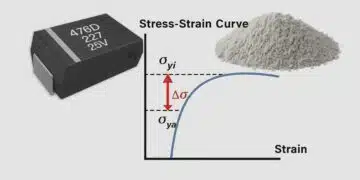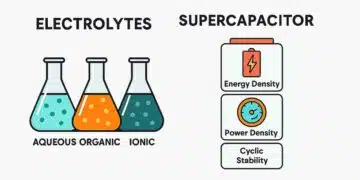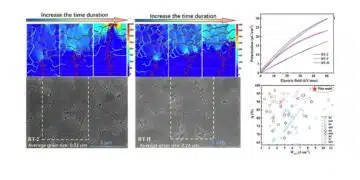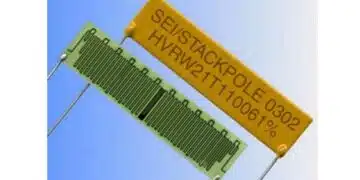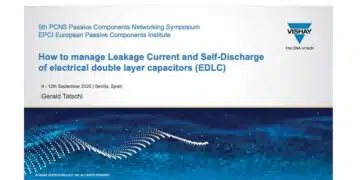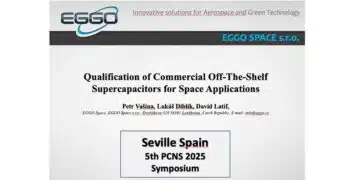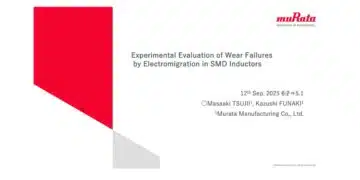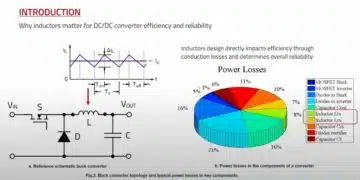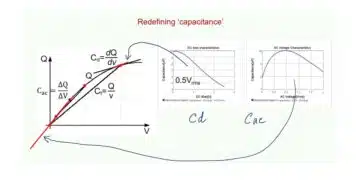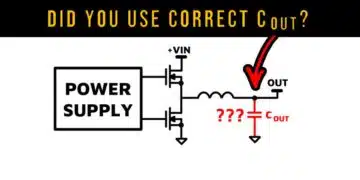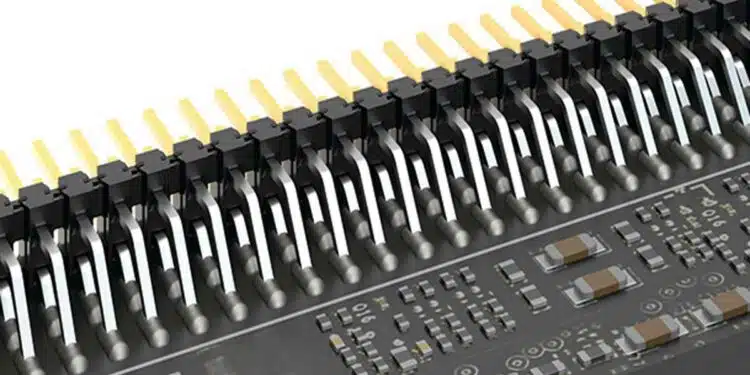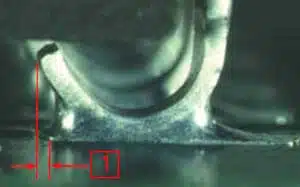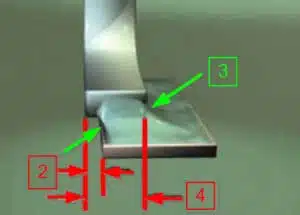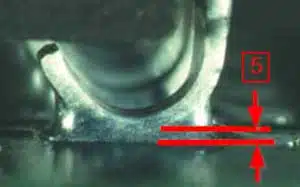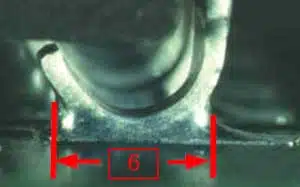In this post, inspired by the Samtec blog, we’ll briefly examine IPC-A-610 Class 2 and Class 3 J-lead and Gull Wing solder joints, along with their respective requirements.
In the manufacturing world there are standards for just about everything, and they all are typically there to ensure a product can perform as expected for the end application. Among these standards is IPC-A-610 covering solder joints for varying types of connector termination styles.
What is IPC-A-610
IPC-A-610 delves into the concept of “Acceptability of Electronic Assemblies,” and for the purpose of this blog, we will specifically focus on the requirements for J-Lead and Gull Wing solder connections. Considering the diverse applications that necessitate varying requirements, IPC has established different classes, each specifying the aesthetic characteristics of solder joints that must conform to those class specifications.
Class 2
J-Lead Components
IPC-A-610 Class 2 is the standard requirement for J-lead component termination soldering. Class 2 products need extended reliability, but it’s not a critical requirement. We’ll cover some of the requirements below, but not all of them.
Class 2 allows the manufacturer more room for imperfections in the assembly, such as a larger toe offset (1) and side overhang (2), and a thinner end joint width (3) as shown in Figures 1 and 2 below. For side overhang, Class 2 states that the component lead may overhang the side of the pad (2), a maximum of 50% the width of the lead.
The end joint width (3) is the width of the solder joint at the most narrow point and must be a minimum of 50% of the lead width (4).
The solder thickness (5) between the lead and the pad landing is not specified, but a properly wetted fillet must be present. The side joint length (6) of the solder joint, at the narrowest point, must be at least 150% the width of the lead (4).
Class 2 is typically focused on a commercial type of product where continued performance and extended life is required, and an uninterrupted service of the product is desired but not mission critical. The normal environment (temperature and contamination) for this end user is not considered extreme.
Gull Wing Components
Because Class 2 provides the manufacturer a larger degree of imperfection in the solder joint, it is easier to manufacture at this level and often cheaper to produce. An example of this is the “pad offset” or the overhang of the contact from the pad. The Toe Overhang is defined in similar way as shown in Figure 1 for J-lead also for Gull Wing termination style, and is acceptable as long as it does not violate electrical clearance. This also means there is no requirement for a Toe Filet. The Side Overhang is shown in Figure 2., and Joint Width is also measured as is shown in (3) on the same figure.
Side Overhang (2), for Class 2, states a component lead may overhang the side of the land (contact pad) with a maximum of 50% the lead width(4), or 0.02 in. (0.5 mm), whichever is less. End Joint Width (3) is the width of the solder joint at the most narrow point. This width must be a minimum of 50% the width of the lead (4) .
Side Joint Length (6) for a “long foot,” or a Lead Foot Length (5) that is equal to or greater than three lead widths (4), the Side Joint Length (6) must be a minimum of 3 (4) or 75% of (5); which ever is the longer of the two.
Class 3
J-Lead Components
Many high-reliability components and connectors can meet IPC-A-610 Class 3, which is usually required when a product must maintain high performance in extreme or harsh conditions. Military, aerospace, and medical applications typically require Class 3 products.
Class 3 imposes stricter inspection requirements for solder joints compared to Class 2. While the solder thickness (5) remains unchanged, the side joint length (6) is the same as Class 2. However, several other specifications have increased requirements.
For instance, the side overhang (2) and end joint width (3) are both tightened by 25% in both directions. The side overhang is limited to a maximum of 25% of the lead width (4), while the end joint thickness (3) is increased to a minimum of 75% of the lead width (4). Although this may not appear to be a significant increase, it does pose challenges in producing conforming products.
Gull Wing Components
Some requirements are similar in Class 2 and Class 3; such as the Solder Joint Length (6) and Toe Overhang (1). However, many of requirements are significantly more difficult to meet in a Class 3 solder joint.
End Joint Width (3) and Side Overhang (2), are both required to meet a more stringent specification. The End Joint (3) must be at least 75% of the lead width (4), and the Side Overhang (2) only affords the lead width (4) a maximum 25% of the lead width (4) or 0.02 in. (0.5 mm), whichever is less of overhang on the side of land.



